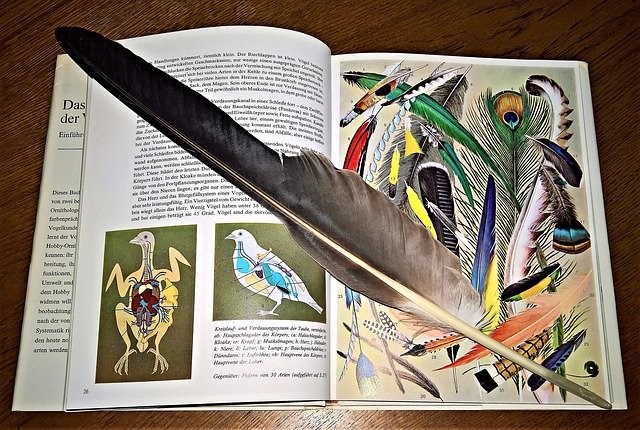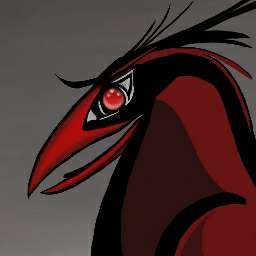Tips to consider when describing your work
With the vast number of ways an artist can utilize references to create a painting, we don’t have any standard terminology describing the various types or what they mean. Each artist has to ramble on an explanation of how they constructed the work. Many artists have, thankfully, found ways to summarize.
Unfortunately, this is becoming shorthand independent of each artist with no universal understanding. Sometimes the shorthand can be vague, leading to misunderstandings and a lack of appreciation of the work created.
The issue with being vague—or no explanation entirely—is viewers don’t understand what they’re seeing and may dismiss the art, leaving a viewer confused.
Vague references may include:
- Reference used
What type of reference? A photograph from the internet? Your own photograph of your backyard? A still life consisting of props on your table at home? Is it from a magazine?
- Various Photos Online
Copied identically or is it from research (like how many bones comprise a femur)?
- Pokemon Fan
Is that a real Pokemon or an Original Character (OC)?
I normally don’t mention references in my work because I rarely use them. I’ve always wanted to draw what I see from my imagination, and completely own what I create.
However, years ago for study, I would copy models from the Sears catalogue; under every sketch, I wrote, “Sears.” This was to remind me not to use the image for any professional work, never upload online, or even not to use it as a reference for other work. (In hindsight, I wish I had noted the issue and page number as well.)
I’ve learned a lot from Sketch a Day; now I tend to mention more in the comments about the source of inspiration for others (and my future self) to better understand each work.
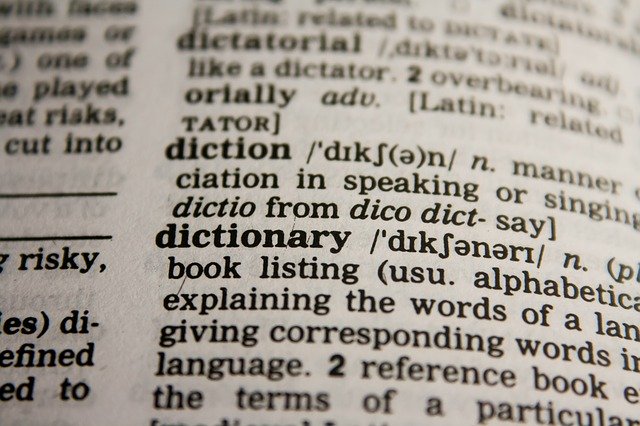
Common terminology
I’ve compiled some of the most common self-described, brief explanations I’ve seen artists generally use and what I’ve thought while deciding to ‘like’ a work or follow an artist.
Fanart reference
Was it from imagination? Drawn while watching a movie? Copied from a comic book? Referenced from a 3D model in a game; if so, which one?
Photo Reference
What photo? Whose photo? Where? Link?
Own Photo Reference
A sunset from your vacation? A visit to the zoo?
Still-life Reference
What was it like setting up the composition? What was the plan?
Portrait Reference
Who posed? Is it from a photograph? Online? Magazine?
Self-portrait Reference
From a photo? A mirror? Memory?
No Reference
Was it something you know how to draw, from memory, imagination, and/or skill? Do you draw this regularly?
OC (Original Character)
Is this something new, from imagination, or from your own universe? Is it derivative, being a new character which exists in another universe (game/movie/series/DnD/etc.)?
Or if we really want to get wild
An original character (OC) Pokemon inspired (Fanart-ish) based on a platypus and echidna combined—Echidyus—based on photographs ‘A’ and ‘B’ (with links).
Yes, I will click ‘like’ on the posted image; there’s plenty to be learned by creating this, however, I personally wouldn’t be selling the completed work. The references mentioned allow me to understand how and why this was invented, with the skills and creativity involved.
Consider other, new definitions. How can a few words best describe where and how the work was created?
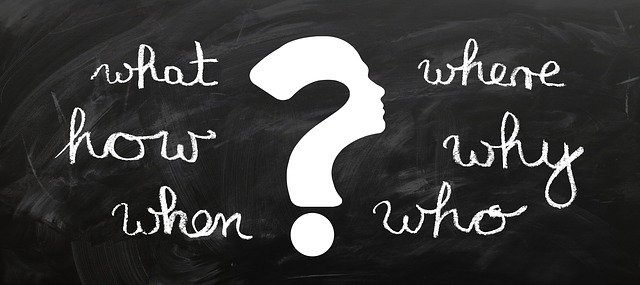
Personally, I’ve studied horses for decades. I can draw a horse without looking at external references. You could say my references are internal references; I know what it is to look up at one, to see the wind play with their hair and the sounds of Clydesdales.
Horses dance in my imagination from all angles, and my mind can pose or see them as I wish. Yet, when painting from memory and knowledge, many details can be blurry.
How tall or short can a Clydesdale be, exactly? What about other subjects? How many toes does a turtle have? How many petals are on a violet and do they overlap? Learning these details is not the same as using a reference.
Artists cite references to explain when a work was copied from somewhere else. However, it’s also wonderful to learn when a painting was inspired by a summer vacation, where the setting sun glinted off the trivia seashells scattered on the warm, sandy beach.
Personal references from experience or using your own photographs to remember details for constructing a painting are ideal, however, who wants a cadaver to study to better know the human figure? Da Vinci did. I’m not keen. Gray’s Anatomy (the reference book) will do fine, thank you.
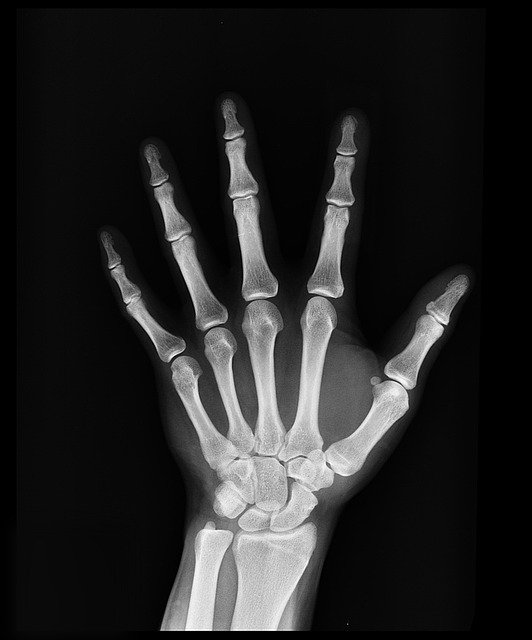
Ultimately, it doesn’t matter how reference use is summarized; people will still presume or misunderstand, unintentionally or intentionally, because—humans. However, the better people understand your work, the more likes and appreciation your work will receive. Dismiss any trolls.
For artistic purposes, naming a reference is a matter of both copyright and art literacy. Mentioning references helps people to understand the work. I always recommend artists research the copyright laws of the country where they live, however, my focal point is the artist’s heart, not the legal mind of law.
Tara Crowley has been a professional artist since 1998, selling her work through print-on-demand stores for a decade, creating original independent works, and one fanart creation published in Age Happens: Garfield Hits the Big 4-0 by Jim Davis.
http://taracrowley.inkblots.info
Sources
Gray’s Anatomy by Henry Gray and illustrated by Henry Vandyke Carter, 1858: https://en.m.wikipedia.org/wiki/Gray%27s_Anatomy
Gray’s Anatomy For Students (modern edition 2015; graphic content): https://archive.org/details/Grays_Anatomy_For_Students/page/n4/mode/2up
Wikipedia - Science and inventions of Leonardo da Vinci - Dissection: https://en.m.wikipedia.org/wiki/Science_and_inventions_of_Leonardo_da_Vinci#Dissection
Britannica - Anatomical studies and drawings: https://www.britannica.com/biography/Leonardo-da-Vinci/Anatomical-studies-and-drawings
Images from Pixabay
